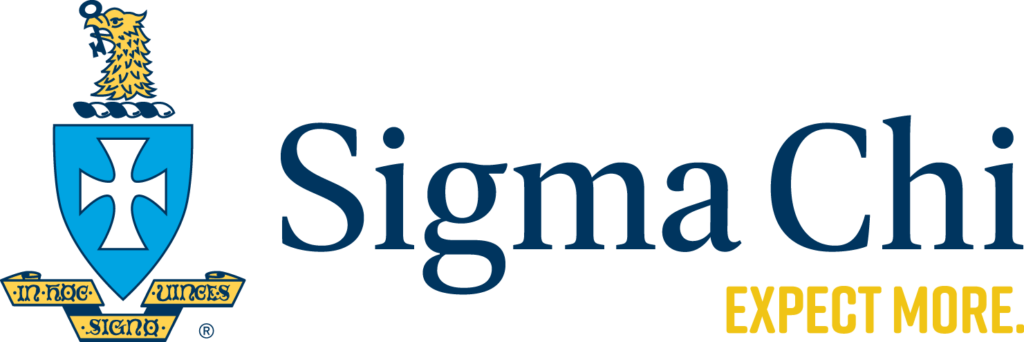Jacob Ball, TULANE 2012, is seeing the results of the COVID-19 pandemic firsthand and it’s his role as epidemiologist and the U.S. Army Public Health Center’s COVID-19 Modeling Team lead that is helping the United States government and military health system make pivotal decisions and ensure that hospitals across the nation have the resources they need. In his role. Ball is working directly for a fellow Sig, Dr. Steve Cersovsky (Ret. Col), WASHINGTON-ST. LOUIS 1989, a longtime science advisor who is helping lead the U.S. Army Public Health Center’s entire COVID-19 response team.
Brother Ball took some time out of his busy schedule to discuss his work during the global pandemic and how the work of the U.S. Army Public Health Center team is making a difference during this crisis.
WH: Can you describe your role and work as a technical lead for the COVID-19 modeling efforts?
I’m leading the U.S. Army Public Health Center’s COVID-19 Modeling Team, which is an interdisciplinary team of biologists, epidemiologists, public health professionals, and data scientists. We are using mathematical models to project the expected number of cases that will be seen at Army hospitals all over the world. By doing this, we can help hospital commanders compare their current materiel (e.g. ventilators and intensive care unit (ICU) beds), and manpower (e.g. staffing ratios, physicians, respiratory therapists, critical care nurses) to their projected need over time.
By ensuring that hospitals have the resources that they need, we can reduce the likelihood that a Soldier or other military health system beneficiary will die from COVID-19.
WH: Obviously, with the COVID-19 pandemic, the models and research of teams such as yours is important in tracking this virus across the country. Can you talk about how the work of this team has helped educate our officials and the Army and, ultimately, helped our public against this pandemic?
In this role, I listen to the questions that Army leaders have and the decisions they need to make. Then I try to translate their question from “Army-speak” into “science-speak,” and work with my team to operationalize it. I then draft a response, a report, or provide other evidence-based resources to the requestor in order to help inform their decisions.
It’s about expediency as much as it is about accuracy. A decision needs to be made by a certain time regardless of whether the Commander has our input, so we do our best to provide actionable information in the required timeline.
We have primarily been focusing our efforts on ensuring that Army hospitals have the resources that they need to handle the expected surge in cases. The Army has provided personnel and materiel resources to the COVID-19 response in New York, and other parts of the country. Our efforts can inform how many people, how many ventilators, how much personal protective equipment, etc. the Army can provide to the civilian response, while still meeting the needs of our own patient populations.
WH: What are some things you have learned from your present work on this coronavirus? How does it compare to other work you have done?
As been expressed in the media, our models have shown the importance of social distancing in “flattening the curve” by reducing transmission. Another key finding is that despite being a pandemic, transmission is very much a local phenomenon. This means that uniform policies for the entire Army on when to resume normal operations may not be advisable—instead, local conditions and local resources should be taken into account.
My dissertation research focused on how we can use models to help physicians diagnose mosquito-borne viruses, help public health practitioners improve influenza and other respiratory virus surveillance, and help the Army Senior Leaders decide whether a pharmaceutical intervention could be used to reduce respiratory diseases in new recruits that attend Basic Combat Training. So, I guess some of my past work compares pretty well to what we’re doing now.
My other work for APHC is very different from my COVID-19 work—it’s mostly related to environmental exposures to chemicals. I assist with a program to help World War II era veterans that the Army tested chemical and biological weapons on get medical care. I also lead a study related to the health consequences of lead exposure in Army family housing. I’m also working on studies to examine if there’s an association between deployment in Operation Iraqi Freedom and Operation Enduring Freedom and the development of different types of cancers.
WH: Can you talk about your relationship with Dr. Cersovsky and how you were connected, and how you became a part of this COVID-19 team?
When I was in graduate school I was applying for fellowships and found the Department of Defense Science, Mathematics, and Research for Transformation (SMART) Scholarship program. The SMART Program not only pays for school, but also guarantees you a federal job in the Department of Defense at one of the “Sponsoring Facilities”. U.S. Army Public Health Center (APHC) was one of the Sponsoring Facilities. I reached out on the Sigma Chi Career Referrals Facebook page and Sigs in the Military Facebook page to see if anyone knew a Sig (or really anyone) at APHC that they could connect me to so that I could learn about military public health and get a sense of if it was a good fit for me.
One of our military brothers e-introduced me to Dr C who not only was working at APHC as an Active Duty Colonel, but he was also Director of the Epidemiology and Disease Surveillance Directorate which (from my research about the organization) was where I thought my skills in epidemiological modeling of infectious diseases would be best applied. I asked for a 15 minute phone call to pick his brain and learn more about military public health. He wound up giving me a full hour of his time and talked to me about the potential to work on issues of global importance—I could tell he was passionate about APHC and would be a great mentor.
It has been amazing learning from him and working to support his efforts in the COVID response.

